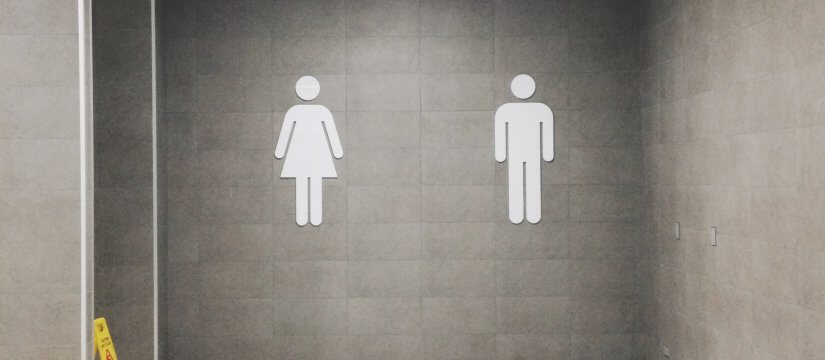
Physical Therapy for Urinary Retention: Techniques and Expectations
There are both surgical and non-surgical, natural treatment options available for urinary retention in both men and women. Pelvic floor physical therapy is an option that is non-invasive and a relatively quick treatment. Pelvic floor therapy for urinary retention consists of a series of visits to a physical therapist with specialized training in the treatment of pelvic floor and bladder problems.
The physical therapists at Smart Body Physical Therapy are specially trained to treat pelvic floor dysfunctions and have treated thousands of patients suffering with urinary retention and leakage issues. We use a variety of techniques that improve emptying of the bladder when the urinary retention is related to the function of the pelvic floor muscles.
Our physical therapists use several techniques to help calm annoying urinary symptoms, including:
- Manual therapy
- Coordination training of the pelvic floor through perineal biofeedback training
- Neuromuscular re-education
- Behavioral modification
Smart Body Physical Therapy is home to a few state-of-the-art perineal biofeedback machines. Biofeedback is is used to train the pelvic floor muscles to contract and relax. Much like an EKG, patients can watch their progress on a computer screen that displays the readings of the sEMG and learn how to work their pelvic floor muscles correctly again.
Neuromuscular re-education can also be used to retrain muscles to improve urinary retention, which is a type of functional electrical stimulation that is performed with a device that delivers a small electrical current to activate or relax nerves and muscles in the pelvic area.
Manual therapy is one of the most beneficial techniques and an area of specialty training for our physical therapists. Manual pressure is applied and then released from muscles in spasm to relax them and increase blood flow to the area for maximum healing. Manual therapy is an area of specialty training and expertise that not all physical therapists do. Manual therapy can also be administered internally or externally for urinary retention issues.
Finally, our team will use joint and tissue mobilization techniques to ease troublesome symptoms. By gentling mobilizing joints and tissues in the affected area, we are able to help calm the muscles and nerves.
Healing and rehabilitation time is dependent on each patient. Some urinary retention cases are solved in as little as a couple visits, while others take a few months. Patients are responsible for doing pelvic floor exercises at home as guided by their physical therapist, as well as in-office visits. Smart Body has started offering TelePT visits from the comfort of your home – or virtual appointments using computer, phone or tablet – that can be used in lieu of an office visit if certain techniques such as biofeedback or manual therapy do not need to be used.
If you’re dealing with urinary retention or urinary leakage, you’re not alone. Contact us at any time to get more information on how pelvic floor therapy by a physical therapist can help with your symptoms and get you back to savoring life without bladder issues!
